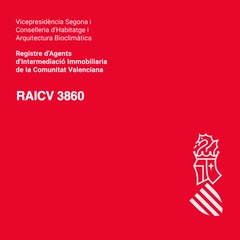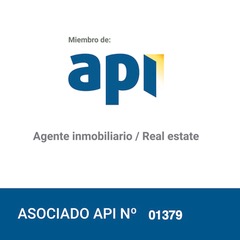
Emigrating to Spain with Children: What Parents Need to Know About Education Options
Moving to a new country is always an adventure, especially when you have children. More and more people are choosing to move abroad with their families, not just retirees or expats. Whether you're seeking a new lifestyle, better job opportunities, or a healthier environment for your children, the question of how to arrange your children's education in Spain is crucial. In Spain, there are various educational options, ranging from public schools to private and international schools. In this blog, we discuss the main options, the necessary documents, and how to make an informed decision about your children's education in Spain.
1. Education System in Spain
The Spanish education system is divided into several levels:
- Educación Infantil (0-6 years): This is preschool education, with the second part (3-6 years) being free and often serving as preparation for primary school.
- Educación Primaria (6-12 years): Primary education, which is compulsory and free for children in Spain.
- Educación Secundaria Obligatoria (12-16 years): Compulsory secondary education, also free.
- Bachillerato (16-18 years): Non-compulsory secondary education that prepares students for university or vocational training.
- University or higher vocational training: After the Bachillerato, students can choose between university education or vocational training.
2. Municipal and Regular Schools
Public Schools (Colegio Público): These are state-funded schools. Education in these schools is free, except for certain school supplies, meals, and extracurricular activities. The language of instruction is predominantly Spanish or, in some autonomous regions, the regional language (such as Catalan, Basque, or Galician).
Advantages:
- Children quickly learn the local language and culture.
- Integration into the Spanish community.
Disadvantages:
- Difficult for children who do not speak Spanish, especially at first.
- Quality can vary depending on the location.
Concertado Schools: These are semi-private schools partially funded by the state. They often offer a higher level of education or specific teaching methods and require a lower contribution than fully private schools.
3. Private Schools
Private schools in Spain are completely independent of the state and can be more expensive, but they often offer a broader range of educational programs, including bilingual and international curricula.
International Schools: These schools often follow an international curriculum (such as the IB program) and are ideal for children who plan to return to their home country or continue their studies at an international university. The language of instruction is usually English, French, or German, but Spanish classes are often offered.
Advantages:
- Continuity in education, especially for children who move frequently.
- High level of education and excellent facilities.
Disadvantages:
- High cost.
- Fewer opportunities to integrate into the local community.
4. Required Documents and Certificates
When enrolling your child in a Spanish school, whether it is public, semi-private, or private, there are some basic documents you will need:
- Passport or identity card: For both parents and children.
- Residencia or proof of residence: This document is essential for managing almost everything in Spain, including school enrollment.
- Enrollment form: Available at the school where your child is registered.
- Health dossier: A medical report or vaccination record may be requested, especially for younger children.
- Transfer dossier: If your child has already attended school in your home country, the new school may request a report or proof of previous school performance.
In some cases, especially in private and international schools, there may be additional requirements, such as a language test or an interview.
5. Tips for Parents Who Want to Move to Spain
- Learn Spanish (and the local language): Although many people in Spain speak English, it is important to learn Spanish to facilitate daily life and your child's school activities.
- Visit schools in advance: If possible, plan visits to different schools to evaluate the atmosphere, facilities, and educational approach.
- Use networks: There are many communities in Spain that can help you with recommendations and advice on schools.
Conclusion
Spain offers a wide range of educational options for children moving with their parents, depending on your preferences and budget. Whether you choose a local public school, a semi-private concertado school, or an international private school, it is important to be well-prepared and have the necessary documents on hand. By properly supporting your child in this transition, they can have a rewarding experience and quickly adapt to their new life in Spain.
















